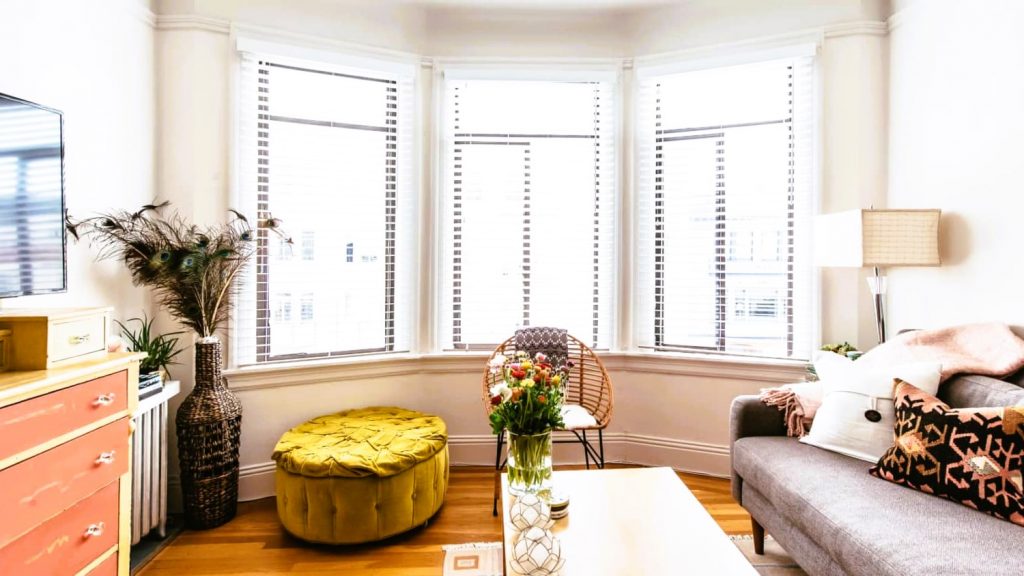Natural light is an essential component of any home or building, providing numerous benefits for both physical and mental well-being. Incorporating natural light into your home or building design can enhance its beauty, energy efficiency, and functionality. This article will provide you with tips on how to bring natural light into your home or building through window placement.
Benefits of Natural Light
Natural light provides numerous benefits for both physical and mental well-being. Exposure to natural light can help to regulate our circadian rhythms, improve mood and concentration, and reduce eyestrain and headaches. Natural light can also help to reduce energy costs by reducing the need for artificial lighting and heating.
Window Placement
Proper window placement is crucial to maximizing the benefits of natural light in your home or building. South-facing windows provide the most sunlight throughout the day, making them ideal for living spaces such as living rooms and kitchens. East-facing windows provide morning sunlight, which can be beneficial for bedrooms and home offices. West-facing windows provide afternoon sunlight, which can be beneficial for areas such as dining rooms or sitting areas.

Window Size and Shape
The size and shape of your windows can also impact the amount of natural light that enters your home or building. Large, unobstructed windows can provide a significant amount of natural light, while smaller or divided windows can add character and enhance the architectural style of your home or building.
Glazing and Coatings
Choosing the right glazing and coatings for your windows can also impact the amount of natural light that enters your home or building. Low-E coatings, for example, can reduce heat transfer while allowing natural light to pass through. Double or triple-paned windows can also provide better insulation and noise reduction while still allowing natural light to enter.
Skylights and Clerestory Windows
Skylights and clerestory windows are another option for bringing natural light into your home or building. Skylights are installed in the roof and provide a direct source of sunlight, while clerestory windows are installed high on the wall and allow natural light to enter from above. Both options can provide a significant amount of natural light, especially in areas where traditional windows may not be feasible. Window maintenance and care, we have tips for the longevity of your windows.
Reflective Surfaces
Reflective surfaces such as mirrors or light-colored walls can help to bounce natural light around a room, increasing its brightness and reducing the need for artificial lighting. Installing light-colored flooring or using reflective surfaces in conjunction with natural light can also help to create a more open, spacious feel in your home or building.
Window Coverings
While natural light is important, it’s also important to be able to control the amount of light that enters your home or building. Using window coverings such as blinds, shades, or curtains can help to control the amount of natural light that enters while still allowing for privacy and energy efficiency.

Maintenance
Maintaining your windows is also essential to ensuring their proper functioning and maximizing the benefits of natural light. Keep your windows clean and free of debris to allow maximum natural light to enter, and replace any damaged or broken windows as soon as possible to prevent energy loss.
Conclusion
Bringing natural light into your home or building can provide numerous benefits for both physical and mental well-being while also reducing energy costs. Skylights, clerestory windows, reflective surfaces, and window coverings can all help to maximize the amount of natural light that enters your space, while proper maintenance can ensure its longevity and performance. By following these additional tips, you can enhance the beauty, energy efficiency, and functionality of your home or building while also improving your overall well-being.


